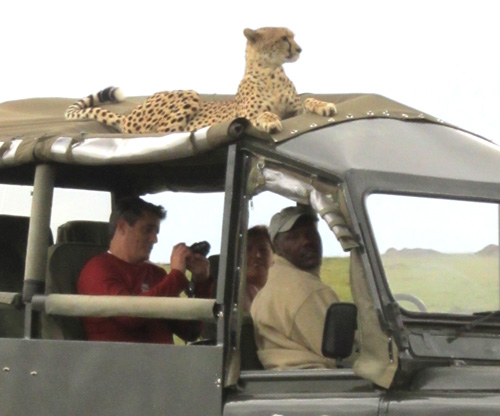
No, of course it isn’t. It is Kenya’s best game park, the Maasai Mara. So we ended our safari with incredible game viewing, and it was expected. But am I showing my clients the wilds of Africa?
The Mara proper is hardly a tenth the size of the Serengeti, sits right on top of it, and is the northernmost venue for the great migration. It has almost 4 times as much accommodation as the Serengeti, despite its much smaller size. So, yes, it can seem busy if crowded compared to the Serengeti.
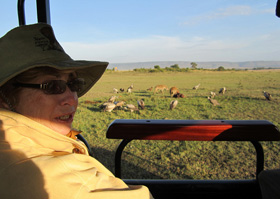
For two intertwining reasons.
First, the Mara is the wettest part of the Serengeti/Ngrongoro/Mara ecosystem. And wet means more food at every level, and that means more predators and ultimate cleanupers.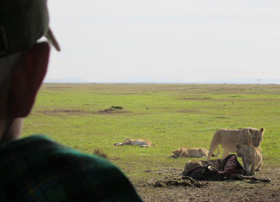
Second, more animals means more visitors and the Mara is probably the most congested game park in East Africa. Lion brush aside your vehicle, vultures clip your canvas rooftop when landing, hippos block the road into your camp and crocodile lay eggs a few feet under your tent.
And rarely are you the only one snapping photos. I try very hard and do often succeed, but if you want to see the rhino, or the cheetah take-down, you’ll be sharing the experience often with 10-20 other vehicles.
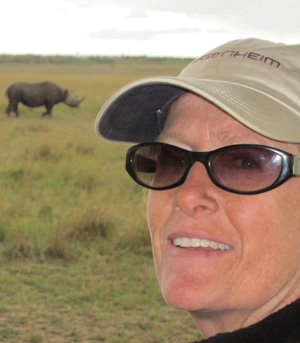
But here’s the rub. Remove the visitors, the vehicles, the people, and I think it fair to argue very little of anything else would change.
So are we really experiencing truly wild and natural behaviors?
Yes. For the Mara. It’s as natural as garlic mustard taking over Yosemite or chronic wasting diseases menacing recreational hunting in Wisconsin. What I’m saying is that in the Mara it is a real balance of life as it exists there, today.
It is certainly not the way it was a generation or more ago. And it is certainly not the way it is in most other reserves in East Africa.
Even in the Serengeti, which shares a border with the Mara and several rivers, animals grow more suspicious of human visitors and their vehicles. But even so, these “wilder” behaviors in other East African reserves are far tamer than they were in Africa 50 years ago.
Then, African wildernesses weren’t as protected. People competed with animals for the same turf, and people are more clever. Animals were afraid of people, people would just as likely kill as preserve anything wild, and so wild things were harder to observe, less obvious.
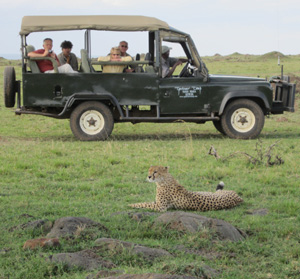
So the complaint I have about this marvel in the Mara is the growing number of other visitors. And as a visitor, you have to decide if you want to see it all, rather easily and quickly, or prefer as I think I do the less congested wilderness.
This dynamic – the marvel of the Mara – has happened only in my life time. It’s something that I feel has been achieved at the loss of “wildness” which is still easily experienced in places like The Selous or the Serengeti.
But nostalgia may have gotten the better of me. Visitors may not seek wildness any more than they seek the remarkable beauty of a lioness cleaning her cubs, or tiny baby warthog racing after mom. And for all those wonderful experiences and so much more, the Mara is the place!